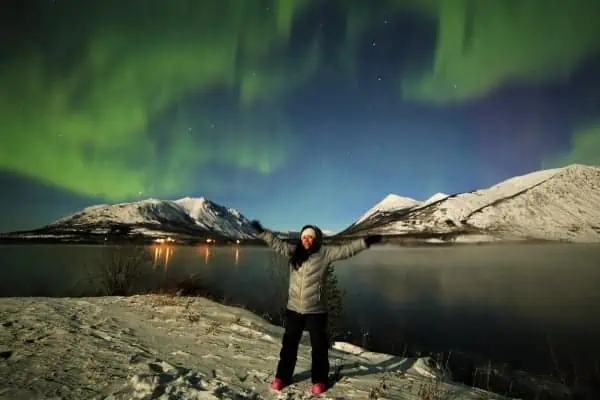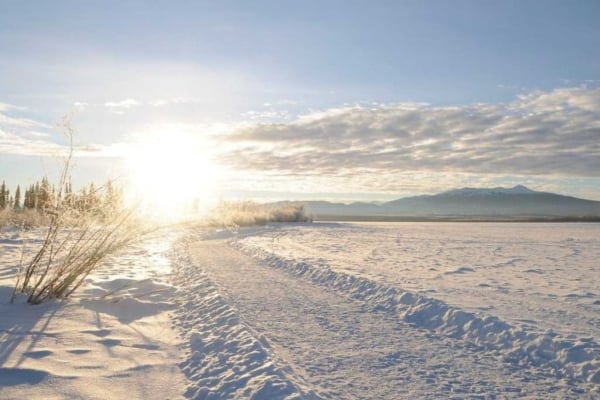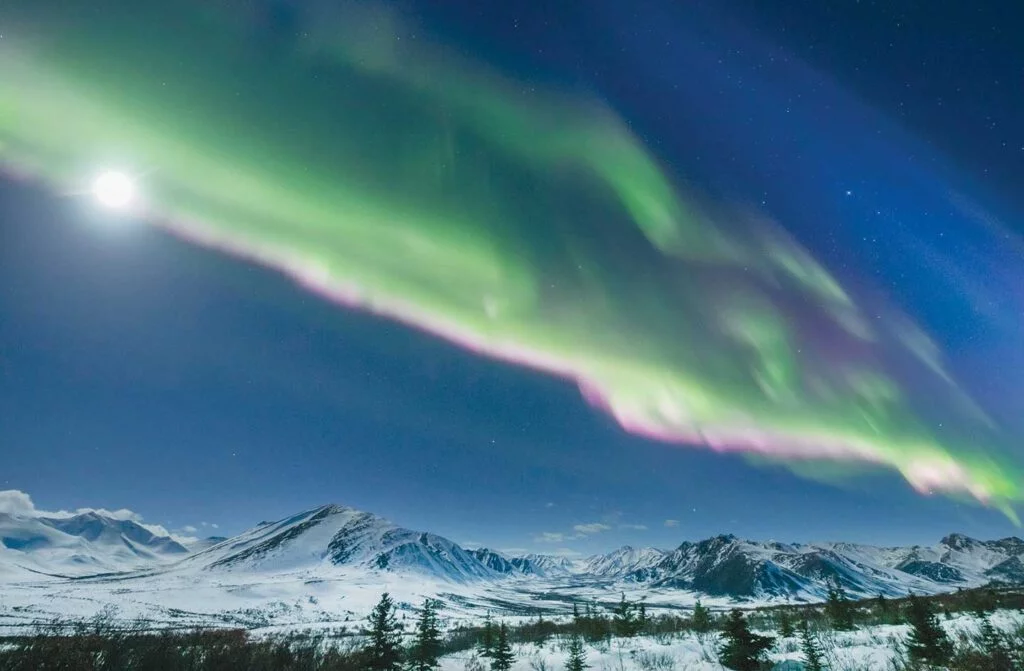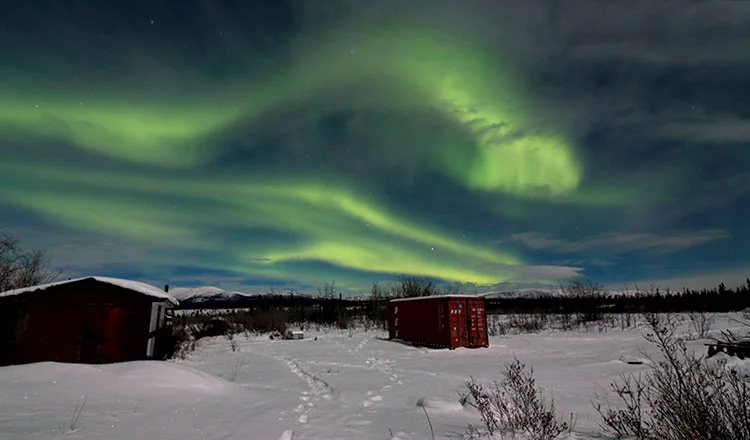Where are the Northern Lights?
The answer as far as I can tell is two-fold. First, we have been pummelled with atrocious weather and, second, most of the Northern Light activity seems to be taking place in the High Arctic.
One of my favourite websites (www.spaceweather.com) has an aurora map and alert system for aurora watchers, as well as solar activity and other fascinating astro stuff that is updated daily … check it out.
However, the other night I was treated to a small glimpse as I was heading home from a long night of most excellent observing up on Grey Mountain at the Lookout Point. Here are some of the highlights from that observing session:
The time is 7:30 p.m. on a Saturday, the weather is clear, the skies are stable, and it is a mere –10 Celsius.
Upon arriving at the Grey Mountain Lookout Point shortly after 8 p.m., I was greeted by a beautiful night sky that was full of stars, a crescent moon and even the Milky Way could be seen.
After setting up all of my gear (this can take up to an hour), I take a quick look around, and other club members are beginning to arrive on site and setting up their telescopes and gear.
We started out by checking the Crescent Moon, which was resting, nice and high in the sky, right beside the bejewelled Pleiades Star Cluster. As a matter of fact, the moon was at such a convenient angle, I decided to try a few pictures. The night skies were perfect, allowing us to seriously crank up the magnification on the telescopes.
At a magnification of over 400, the view was nothing short of astounding. We could see lunar craters of a mere 130 miles across and we were able to see the little mountain peak in the very centre.
The little mountain peak is a piercing white, as it is bathed in sunlight.
Lunar craters, mountains and seas were absolutely amazing to see with that kind of clarity and magnification. It definitely gives you the feeling of exploration and discovery.
Inside several of the craters were ledges and ridges that looked ever so cool, as they reflected light and shadows all around the basin of the crater.
The next object of interest for the evening was the red planet Mars. One of the club members has an enormous six-inch refractor that could be easily named, “Planet Killer”. This beast of a telescope, with the right eyepiece and filter combination, can produce incredible views. And tonight, the conditions were perfect, even with the crescent moon in the sky.
With Mars not being at its closest to earth, and observing surface detail being notoriously tricky, I did not have terribly high hopes.
Wrong again, the big refractor had no problem bringing into view the polar icecaps and plenty of surface detail. What a difference a couple of coloured filters can make to help surface detail jump right out at you.
Remember, when you are using coloured filters, they block light, so you will see some detail actually disappear, while others are now glimpsed.
Another Mars viewing tip is to stay at the eyepiece and you will see subtle details, as your eye gets more accustomed to viewing this little red planet. You will also notice, every once in awhile, the view seems to snap into perfect clarity, these are moments of perfect sky conditions.
This view, once seen, will leave you hooked on the night sky.
Now we come to the planet Saturn, the real surprise of the evening. At this particular time, the planet’s rings are edge on, as we see them. You would think that the view would be diminished … this is not the case at all, as the shadow of the rings now forms a pencil-thin black line across the surface.
Also, we could now see five moons. I cannot recall the last time, if ever, that I have seen five of Saturn’s moons. This was only possible because two of the moons are usually hidden from view due to the angle of the rings.
It is now 3 a.m. in the morning and as I was packing up all of my gear, I noticed the constellations of Cygnus, Lyra, and Hercules beginning to slowly climb the horizon into the early morning sky.
In springtime, the Yukon Night Skies are alive with amazing sights for anyone who cares to look up. If you want a closer look, then send me an e-mail at[email protected] and we will e-mail you when and where we are going to be, with Saturday nights being the regular observing night, weather permitting.
Clear Skies from James “Deep Sky” Cackette.
James “Deep Sky” Cackette can be reached at [email protected]. See his photo adventures on Facebook at Yukon Night Skies.




